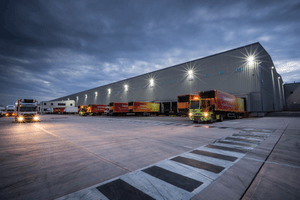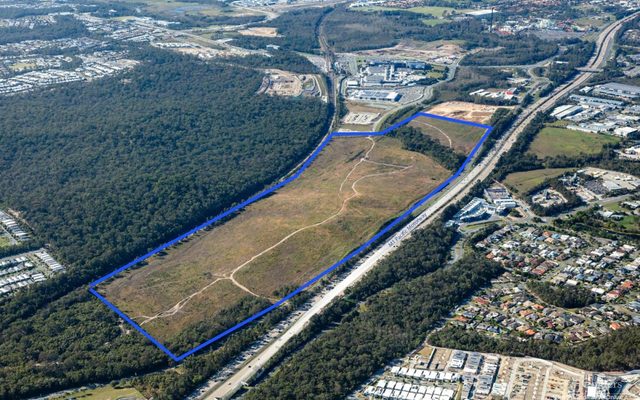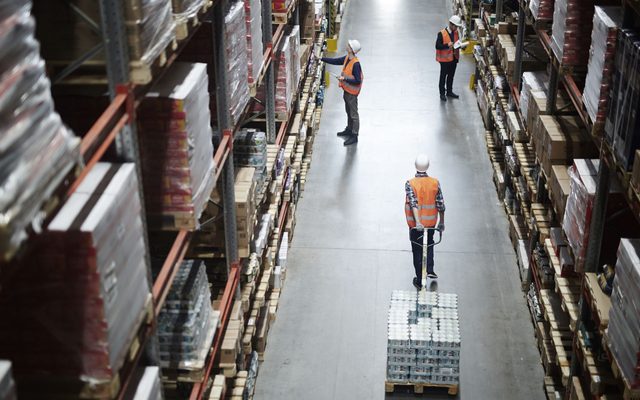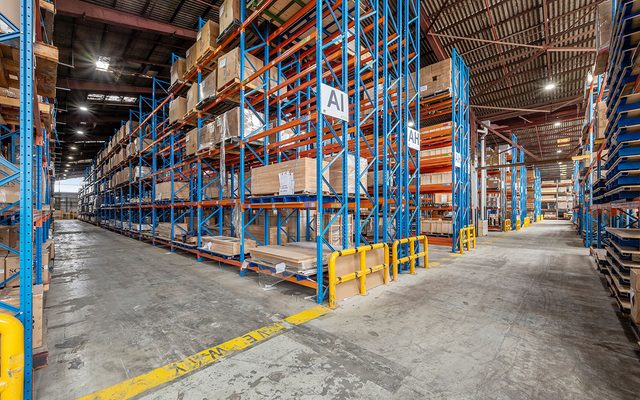This article is from the Australian Property Journal archive
DESPITE ongoing economic challenges, the industrial sector is holding strong, with average prime industrial rents seeing continued growth over the second quarter.
According to Colliers, average national prime industrial values grew from $3,300 per sqm over Q1 to $3,420 per sqm in Q2.
At the same time yields softened by around 18 basis points over the same period, with average national prime yields at 5.27%.
The combination of higher rents and softened yields leaves industrial values equal with their position at the beginning of 2022.
“Following a contraction in average capital values through parts of 2022 as yield expansion outpaced rental growth, the situation has now reversed. Average prime national rental growth of 40% over the last 18 months has established the industrial sector as a stalwart in the broader commercial real estate investment market,” said Gavin Bishop, head of industrial capital markets at Colliers.
“As attention is drawn to industrial yields, it’s important to note their diluted impact on values has continued to attract new institutional and offshore investors. More recently, this included Cadillac Fairview partnering with Gateway Capital to create a $1 billion logistics fund.”
Prime industrial assets in Sydney and Melbourne led the sector, with average rental growth of 48.0% and 29.9% from the first quarter respectively.
Over the quarter, prime industrial values were up 8.9% in Sydney, through yields moved to 4.5%-4.75%.
In Melbourne, rental growth shielded the market from a decline in values of 2.8% over the quarter, with prime yields moving to 4.75% – 5.00%.
Industrial transactions grew from $440 million in Q1 to nearly $1.3 billion in Q2, while leasing enquiry levels stabilised from record levels in 2021 and 2022.
“While industrial leasing demand has subdued slightly due to economic conditions, the sector would need to jump from the current vacancy rate of 0.8% to the equilibrium of 4.5%, before market rental growth could be questioned,” said Luke Crawford, director of research at Colliers.
“For the sector to get back to a vacancy rate of 4.5%, an additional 2.9 million square metres of vacant stock would need to become available, which hasn’t occurred since we began tracking vacancy levels ten years ago.”
Rental growth across industrial markets grew by 7.3% in Q2 2023 and 28.3% for the year, with Colliers forecasting some markets may see more than 30% rental growth for the 2023 calendar year.
“Since 65% of stock currently under construction is committed, and rental growth has continued to outpace historical averages, we expect it to remain elevated throughout 2023,” added Crawford.
According to JLL’s Victoria senior director of logistics & industrial, Simon Wellock, 2023 prime industrial leasing market in Victoria surpassed its 2022 peak.
“With two high profile commitment from Bowen Group and AEV Australia, Caribbean Park has reaffirmed its status as the largest and fastest growing business address and one of Melbourne’s most sought after industrial estates in the southeast,” said Wellock.
Bowen Group leased a 6,500sqm building at 11 Drive, Caribbean Park, following a highly competitive campaign.
While manufacturer of automated electric, AEV, secured a 7,00sqm warehouse, also at Carribean Park.
Melbourne’s South East recorded rental growth of 6.1% q-q for Prime and 11.4% q-q for Secondary, reported JLL Research.
With West and South East precincts in Melbourne on average recording between 30% and 35% annually, with growth marginally stronger amongst secondary stock.





